In Photos: Ancient Camel from the High Arctic
Ancient Arctic Life
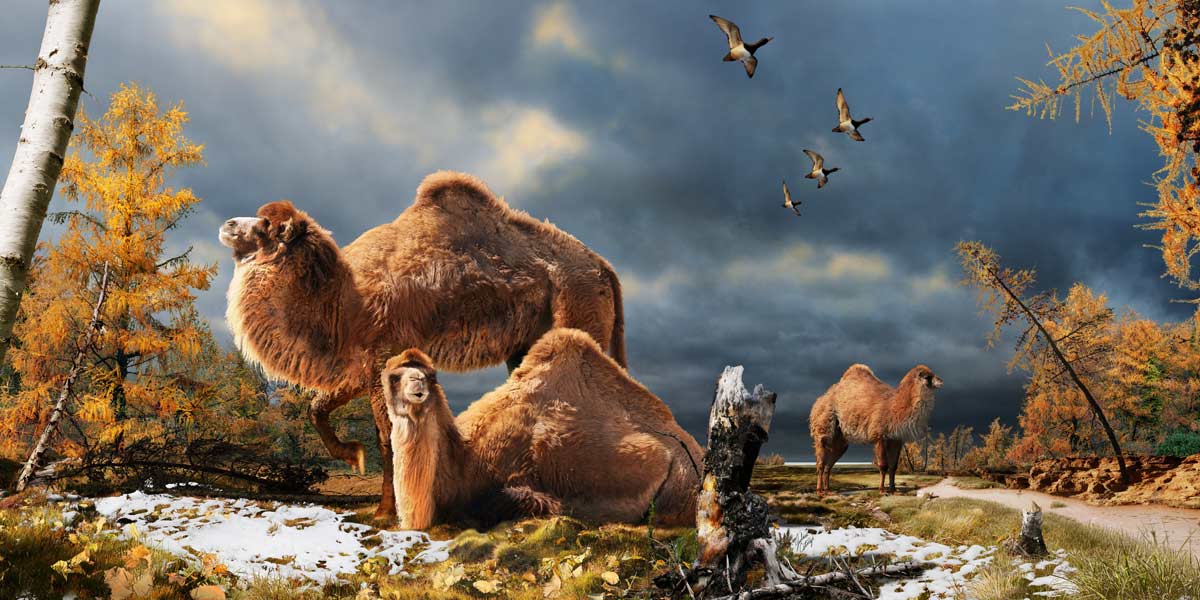
Fossils suggest High Arctic camels lived on Ellesmere Island during the Pliocene warm period, about 3.5 million years ago, shown here in an artist's interpretation. The camels lived in a boreal-type forest. The habitat includes larch trees and the depiction is based on records of plant fossils found at nearby fossil deposits.
Camel Fossils
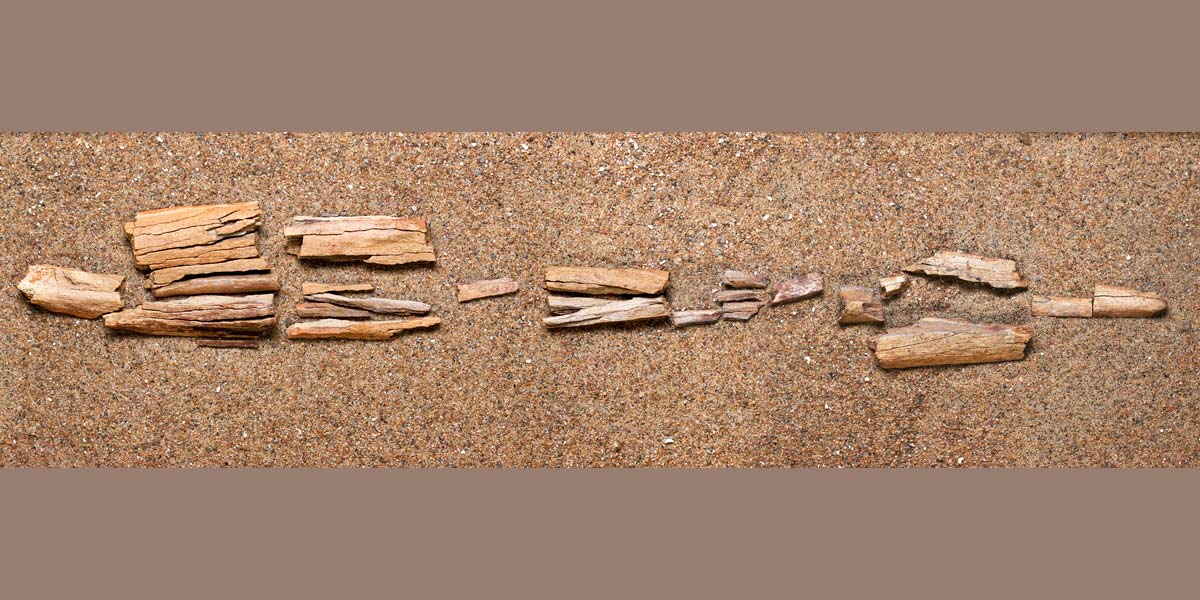
The fossil bones of the High Arctic camel laid out in Natalia Rybczynski's lab at the Canadian Museum of Nature. The fossil evidence consists of about 30 bone fragments, which together form part of a limb bone of a camel. Found on Ellesmere Island, Nunavut, this is the northernmost discovery of camels in the Arctic, about 745 miles (1,200 km) farther north than the Yukon camel.
Fossil Fragment
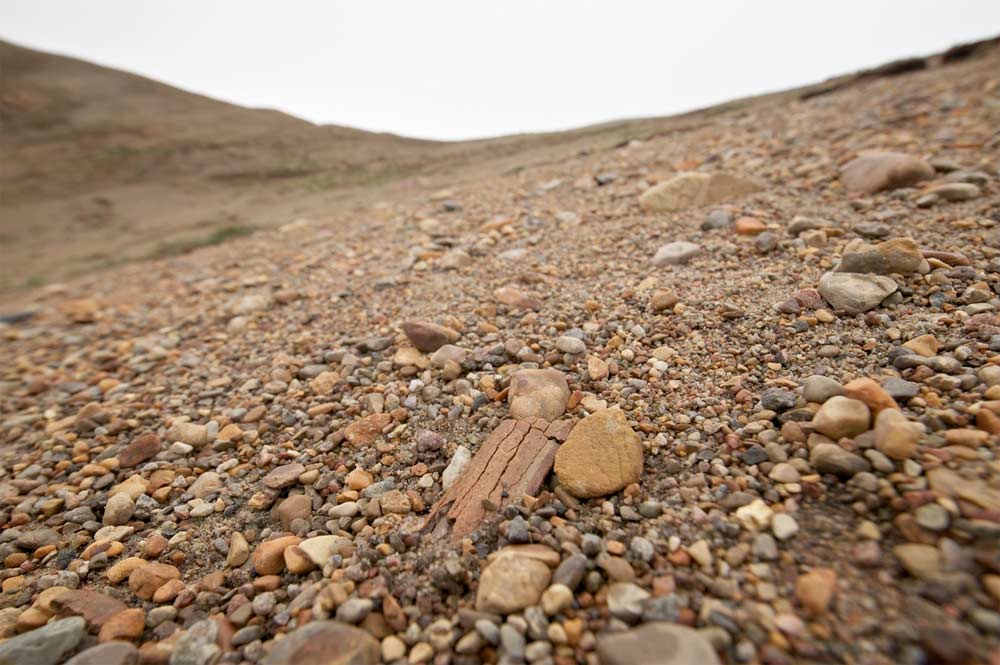
A fragment of the High Arctic camel fossil lying on the ground at the Fyles Leaf Bed site in 2008. The fossil looks very similar to wood.
Fossil Lab
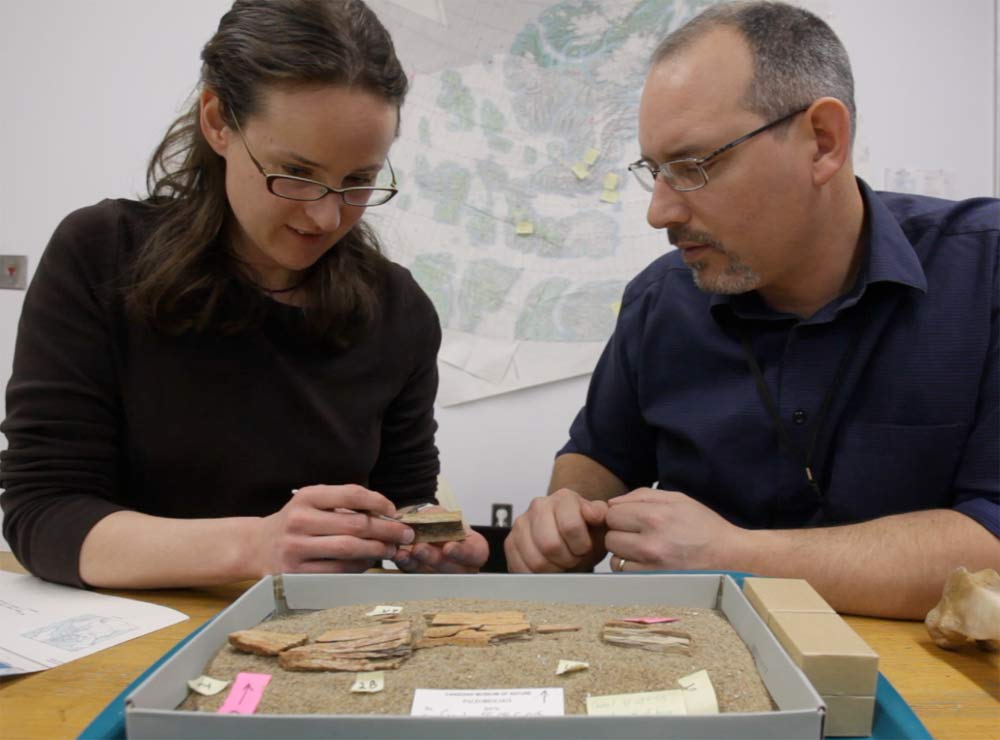
Natalia Rybczynski and John Gosse examine the fossil bones of the High Arctic camel, while they are laid out in Rybczynski's lab at the Canadian Museum of Nature's research facility in Gatineau, Quebec.
Wrapping Bones

Rybczynski from the Canadian Museum of Nature collects a fossil of the High Arctic camel in 2008 at the Fyles Leaf Bed site on Ellesmere Island. She uses toilet paper to gently wrap the bone for transport to the field camp.
Field Camp
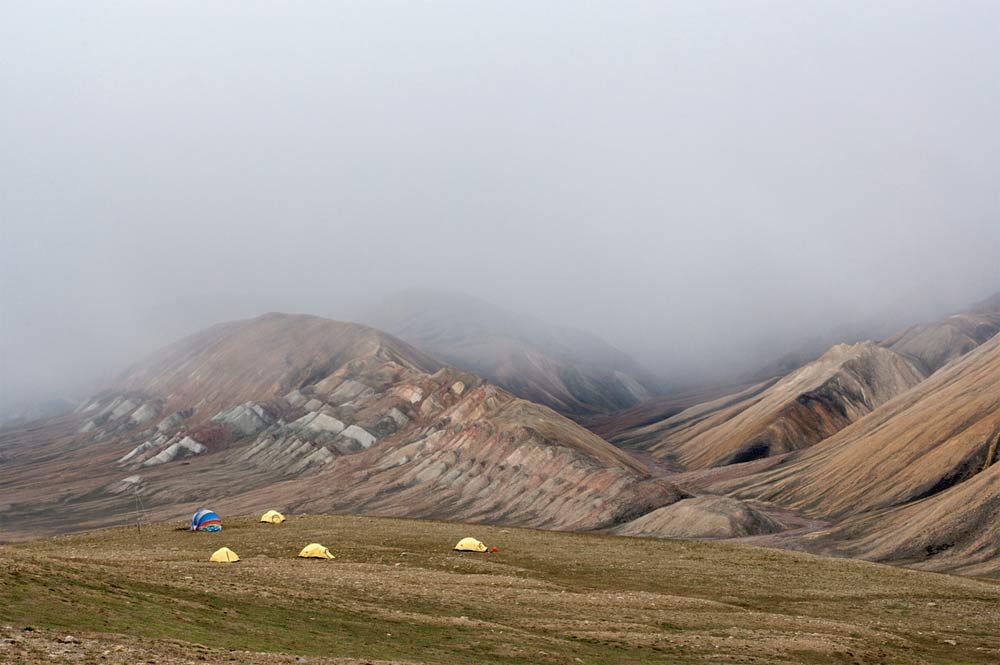
This is Camp 2 at the Fyles Leaf Bed Site on Ellesmere Island, near Strathcona Fiord, during 2008 field season. This is the area where the fossil remains of the High Arctic camel were discovered over three field seasons.
Sign up for the Live Science daily newsletter now
Get the world’s most fascinating discoveries delivered straight to your inbox.











